Accepted Scientific Name: Echinocereus ferreirianus subs. lindsayi (J.Meyran) N.P.Taylor
Cactaceae Consensus Init. 3: 9. 1997
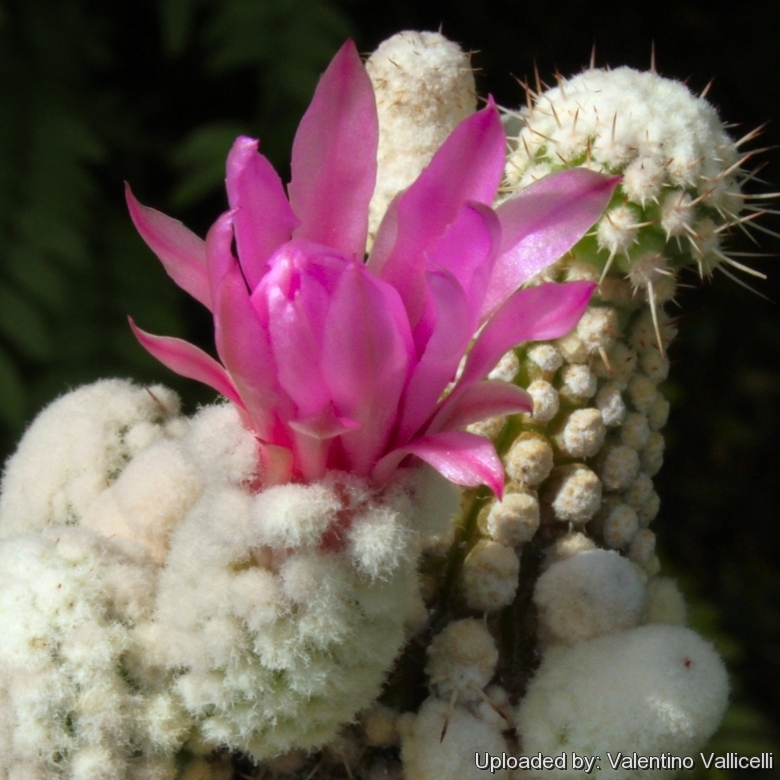
Echinocereus ferreirianus subs. lindsayi f. monstruosus Photo by: Valentino Vallicelli
Origin and Habitat: Garden origin (Nursery produced cultivar). The wild species occurs from the mexican state of Baja California Norte.(Northern America)
Synonyms:
See all synonyms of Echinocereus ferreirianus
Description: Echinocereus ferreirianusSN|21825]]SN|21825]] subs. lindsayi f. monstruosus is a free offsetting small form of Echinocereus ferreirianusSN|21825]]SN|21825]] subs. Lindsayi that forms large, proliferating stems, with white woolly areoles and short bristle-like spines. The rib structure is not yet apparent, and it has short tubercles making it looks superficially like Mammillarias. With age it will form large crowded clumps.
Habit: It shows an abnormal uncoordinated form of vegetative growth, with a multitude of condensed lateral proliferation, each areole gives origin to a new stem only a 1-2 centimeters across, and the plant looks more like a strange furry animal or a marine creature than a cactus.
Flowers: Very showy but seldom seen in cultivation, pink, often failing to open widely, with pericarpel and floral tube densely covered by white woolly areoles.
Subspecies, varieties, forms and cultivars of plants belonging to the Echinocereus ferreirianus group
- Echinocereus ferreirianus H.E.Gates: has stems 30-40 cm high and about 8 cm in diameter, and almost always 4 central spines. Distribution: eastern part of central Baja California and adjacent islands in the Gulf of California.
 Echinocereus ferreirianus subs. lindsayi (J.Meyran) N.P.Taylor: has solitary stems less than 13 cm tall and 10 cm in diameter, and 4-7 stout central spines. Distribution: south of Catavina in central Baja California.
Echinocereus ferreirianus subs. lindsayi (J.Meyran) N.P.Taylor: has solitary stems less than 13 cm tall and 10 cm in diameter, and 4-7 stout central spines. Distribution: south of Catavina in central Baja California. Echinocereus ferreirianus subs. lindsayi f. monstruosus hort.: is a free offsetting mutant that forms large, proliferating stems, with white woolly areoles and short bristle-like spines. Flowers pink, often failing to open widely.
Echinocereus ferreirianus subs. lindsayi f. monstruosus hort.: is a free offsetting mutant that forms large, proliferating stems, with white woolly areoles and short bristle-like spines. Flowers pink, often failing to open widely.
Bibliography: Major references and further lectures
1) Edward Anderson “The Cactus family” Timber Press, Incorporated, 2001
2) Nathaniel Lord Britton, Joseph Nelson Rose “Cactaceae: Descriptions and Illustrations of Plants of the Cactus Family” vol. 4 The Carnegie Institution of Washington, Washington 1923
3) James Cullen, Sabina G. Knees, H. Suzanne Cubey "The European Garden Flora Flowering Plants: A Manual for the Identification of Plants Cultivated in Europe, Both Out-of-Doors and Under Glass" Cambridge University Press, 11/Aug/2011
4) David R Hunt; Nigel P Taylor; Graham Charles; International Cactaceae Systematics Group. "The New Cactus Lexicon" dh books, 2006
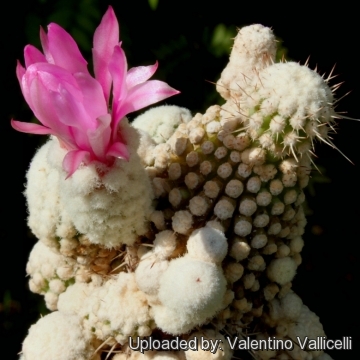 Echinocereus ferreirianus subs. lindsayi f. monstruosus Photo by: Valentino Vallicelli
Echinocereus ferreirianus subs. lindsayi f. monstruosus Photo by: Valentino Vallicelli Echinocereus ferreirianus subs. lindsayi f. monstruosus Photo by: Cactus Art
Echinocereus ferreirianus subs. lindsayi f. monstruosus Photo by: Cactus Art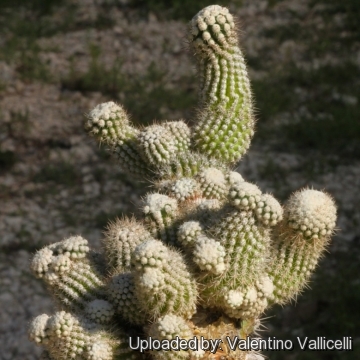 Echinocereus ferreirianus subs. lindsayi f. monstruosus Photo by: Valentino Vallicelli
Echinocereus ferreirianus subs. lindsayi f. monstruosus Photo by: Valentino Vallicelli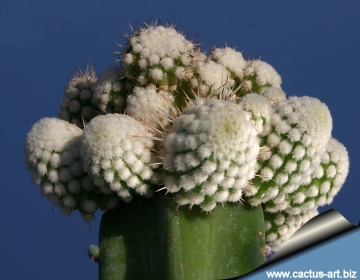 Echinocereus ferreirianus subs. lindsayi f. monstruosus Photo by: Cactus Art
Echinocereus ferreirianus subs. lindsayi f. monstruosus Photo by: Cactus Art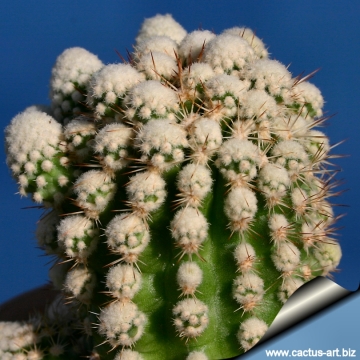 Echinocereus ferreirianus subs. lindsayi f. monstruosus Photo by: Cactus Art
Echinocereus ferreirianus subs. lindsayi f. monstruosus Photo by: Cactus Art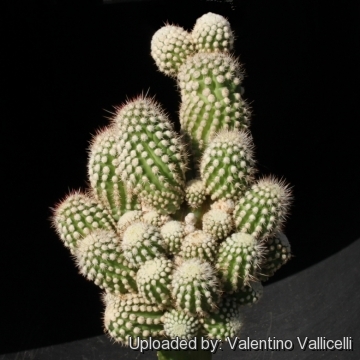 Echinocereus ferreirianus subs. lindsayi f. monstruosus Photo by: Valentino Vallicelli
Echinocereus ferreirianus subs. lindsayi f. monstruosus Photo by: Valentino Vallicelli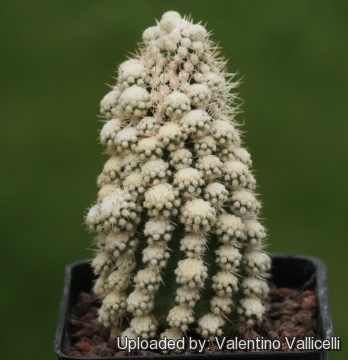 Echinocereus ferreirianus subs. lindsayi f. monstruosus Photo by: Valentino Vallicelli
Echinocereus ferreirianus subs. lindsayi f. monstruosus Photo by: Valentino Vallicelli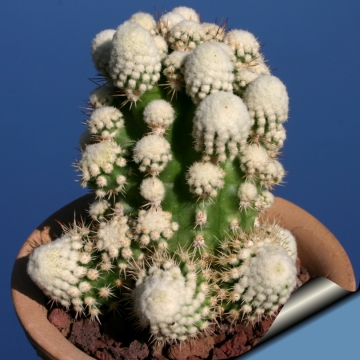 Echinocereus ferreirianus subs. lindsayi f. monstruosus Photo by: Cactus Art
Echinocereus ferreirianus subs. lindsayi f. monstruosus Photo by: Cactus ArtCultivation and Propagation: Frost tender but cold hardiness increases with improved drainage, so keep plants as dry as possible in winter. Provide the plant with extremely well-drained soils, as plants are subject to crown and soft rot if they remain too moist. They grow best in full sun or half shade, which will help to maintain the lustre of the spines and plants compact. They are prone to mealy bug and red spider mite.
Frost Tolerance: Light frost protection required for safe cultivation, but can tolerate sporadic light frost.
Diseases and pests: Watch for infestations of mealybug, scale insects and spider mite.
Propagation: From cuttings (but it is very difficult to grow this plant on its own roots) or preferably by grafting.


















